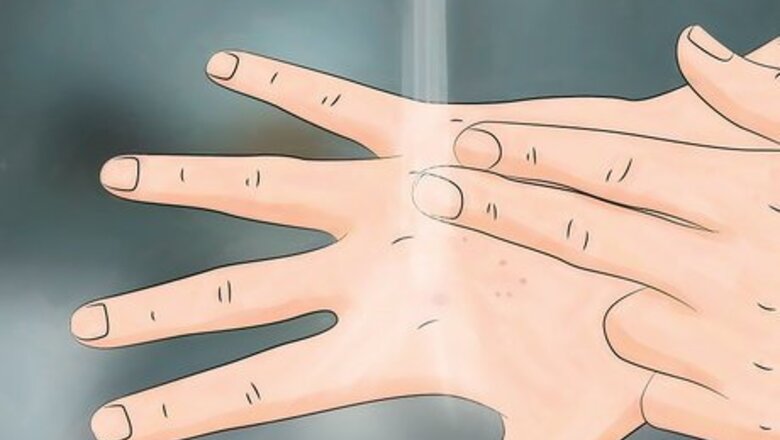
views
Treating Gnat Bites
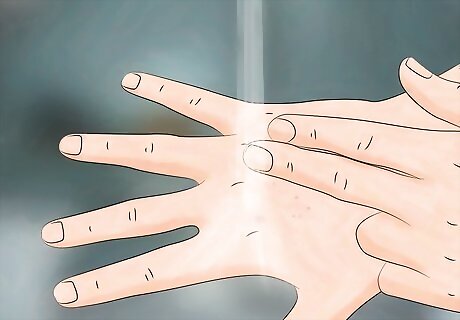
Wash the skin. A biting gnat has four razor-sharp blades in its mouth which tear your skin, leaving a small open wound. Clean on and around the affected area with mild soap and water. Use a washcloth or paper towel to remove any excess moisture.
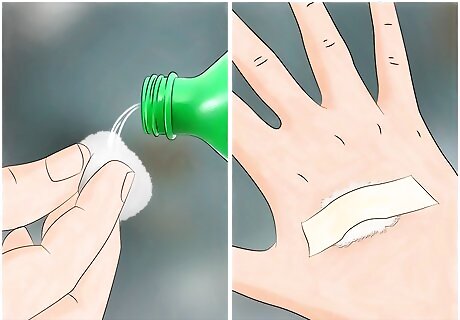
Apply antiseptic. Gnats can carry bacteria from things like rotten food, so you should swab the area thoroughly with a cotton ball. Tape the cotton ball to the wound to allow the antiseptic to soak into the bite. Common topical antiseptics include alcohol, iodine, and hydrogen peroxide
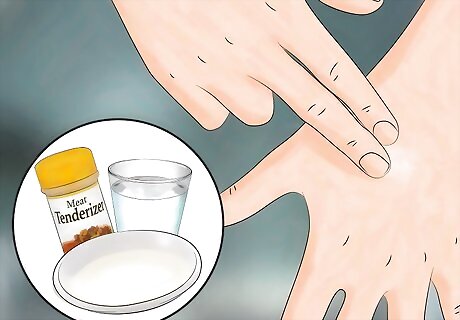
Try Neosporin + Pain Relief Ointment. This ointment is available over-the-counter and it has both antibacterial and pain relieving properties. Apply some to your gnat bites for relief.
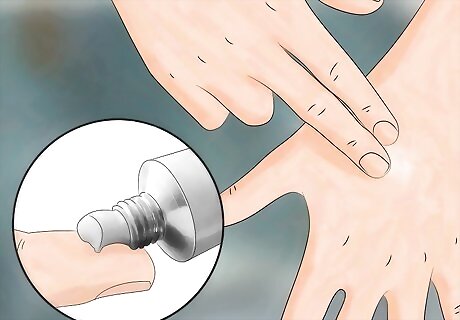
Apply anti-itch cream. Commercial anti-itch creams like Cortizone-10 contain hydrocortisone, a chemical agent that temporarily relieves itching. Most such creams also contain ingredients like aloe, to soothe and moisturize the skin.
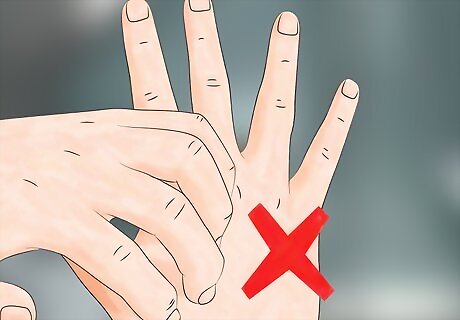
Avoid scratching. Scratching certain types of stings and bites can spread venom through your skin, causing a more pain and itching. Scratching also opens the wound, which can lead to infection.
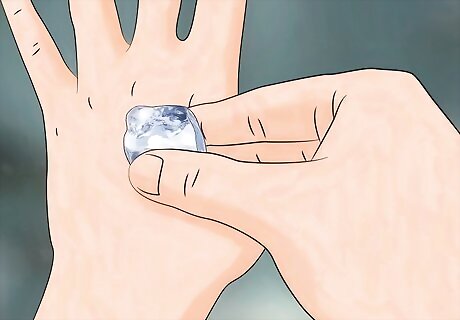
Apply ice. If there is swelling in the area, ice cubes or an ice pack will help reduce the swelling. Apply the ice to your skin and hold it in place until the swelling goes down.
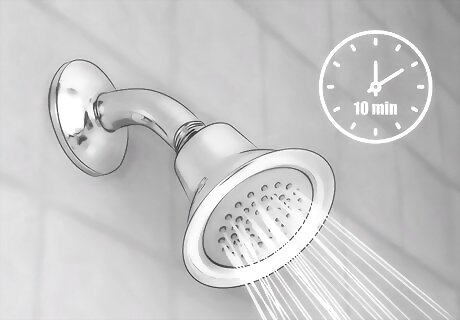
Take a cold shower. Cold water can help reduce the itching and swelling of bug bites. If you have multiple bites, taking a cool shower for ten minutes or so may make you feel better.
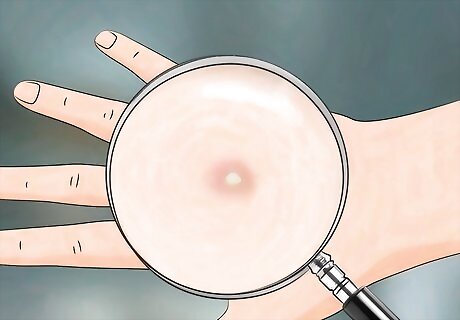
Monitor the wound for changes. If you see pus forming in the bite, this is a sign of bacterial infection. See a doctor as soon as possible.
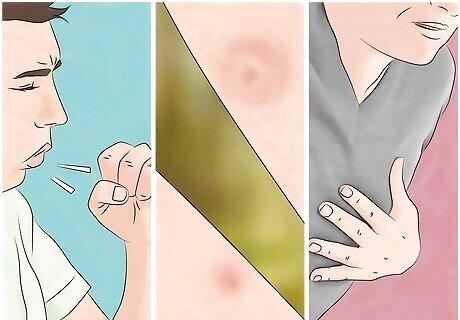
Watch for symptoms of anaphylactic shock. In rare cases, insect bites can cause a severe allergic reaction that can be dangerous or even fatal. If you have known insect allergies, or if you experience symptoms of anaphylactic shock, seek medical treatment immediately. Swelling of the throat, tongue, or mouth. Difficulty swallowing or talking. Shortness of breath, wheezing, or difficulty catching your breath. Itching around the eyes, lips, ears, throat or roof of your mouth. Flushing (a hot, red sensation of the skin). Stomach cramps or nausea. Weakness or dizziness. Collapsing or passing out.

Try apple cider vinegar. Vinegar is a popular natural home remedy used to relieve swelling, pain, and redness in wasp and bee stings. It may help reduce the pain and itch of gnat bites, as well. Soak a cotton ball in the vinegar and apply it to the affected area until it feels better.
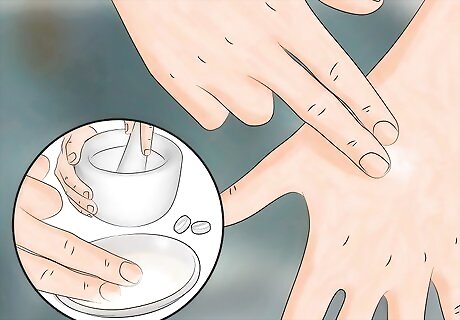
Try an aspirin paste. Aspirin reduces inflammation, and it may help reduce the swelling and itching of your bite. Crush an aspirin pill with the back of a spoon, and mix it with a small amount of water to make a paste. Rub the paste onto the affected area.
Preventing Gnat Bites
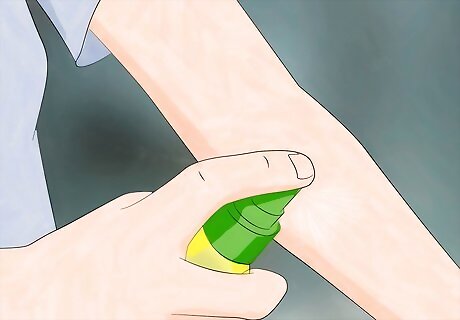
Try a commercial bug repellant spray. Bug sprays and topical creams containing certain active ingredients will repel many types of biting insects, including mosquitos and gnats. Reduce painful bites by avoiding them in the first place. When traveling out of the country, bring your own insect repellant. Sprays sold in other countries may contain potentially hazardous chemicals not approved for use in the states. Look for DEET in Off!, Cutter, Sawyer, and Ultrathon. Look for Picaridin (KBR3023/Bayrepel) in Cutter Advanced and Skin So Soft Bug Guard Plus. Look for OLE (Oil of lemon eucalyptus) or PMD (para-menthane-3, 8-diol) in Repel! and Off! Botanicals lines. Look for IR3535 in Soft Bug Guard Plus Expedition and SkinSmart.
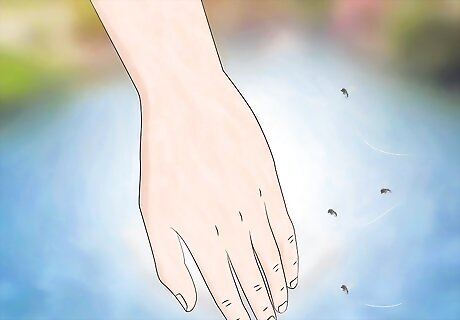
Avoid peak biting times. Gnats and mosquitos are often most active around pools and ponds during daylight hours, or near porch lights during twilight hours and early evening.
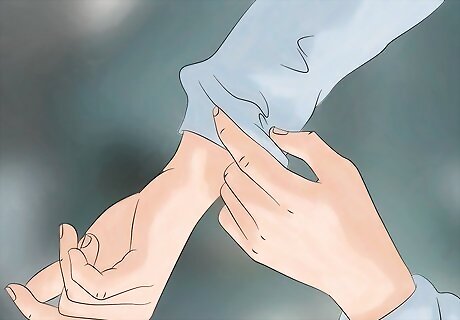
Wear protective clothing. If you will be outdoors in an area with a lot of gnats, wear socks, long-sleeved shirts and long pants. Gnats can't bite through clothing, and generally bite only exposed flesh. Spray clothing with insect repellant when you go outside. Buy hiking socks and hats that have been pre-treated to repel biting insects.
Getting Rid of Gnats
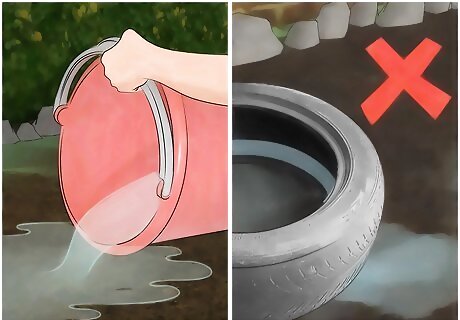
Eliminate standing water. Gnats collect in bodies of still water. If you locate the source of your gnat problem, you can keep them from breeding and swarming and thereby reduce the chances of a painful bite. Remove gardening items that can collect rainwater, like buckets or flowerpots. Clogged gutters and storm drains also attract gnats. Cover swimming pools with a pool cover or large tarp when not in use.
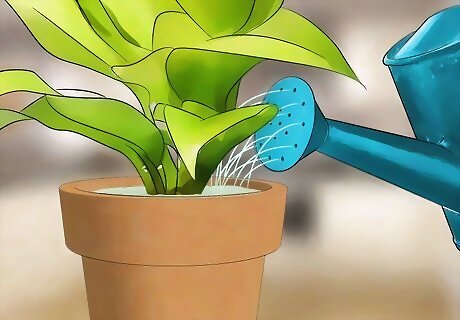
Avoid overwatering. If the soil in your garden is attracting a lot of gnats, you may be overwatering your plants. If you notice puddles, wait at least 24 hours between watering to let the soil dry completely.
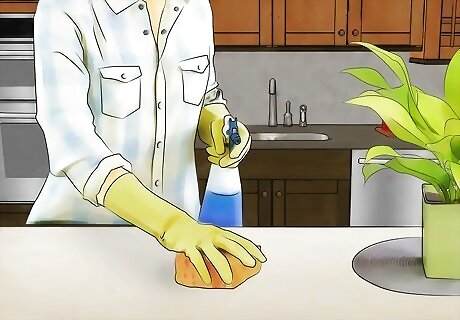
Keep your kitchen counters clean. Gnats are attracted to food items in open containers, and to dirty dishes left in the sink. Wash and dry dishes and countertops, and put dishes away. This will help avoid colonies of gnats that may bite.
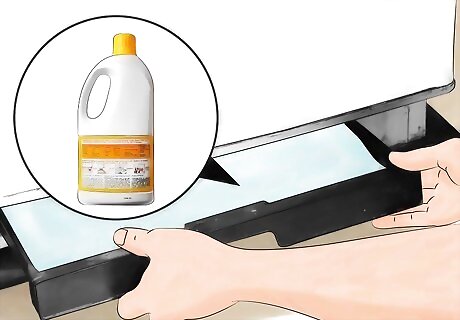
Use bleach. Bleach kills gnats, so pour a small amount of household bleach into the water pans under your refrigerator or freezer. Check and empty the pans regularly, remove the dead gnats, and add more bleach. Pour a quarter cup of bleach down your drains, especially garbage disposal drains, to discourage gnats from collecting there.
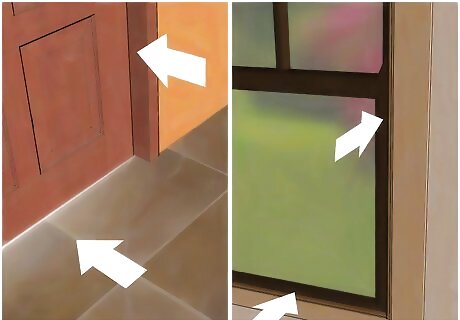
Check windows and doors. Close any gaps in the insulating seals around your doors and windows, so gnats can't get in from outside. This will help prevent gnat bites. Pay special attention to the sealant around window-mounted air conditioner units, which produce moisture that attracts gnats.
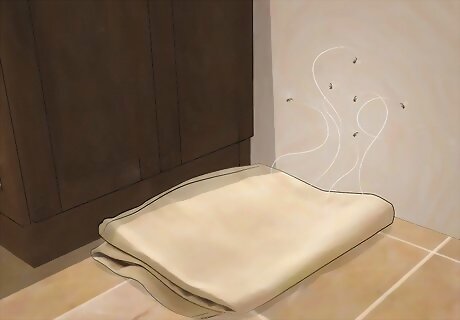
Pick up towels. Don't leave wet towels on the floor of the bathroom, or leave damp dish cloths on the kitchen counter or bar. Eliminating damp areas in your house will keep gnats from colonizing.
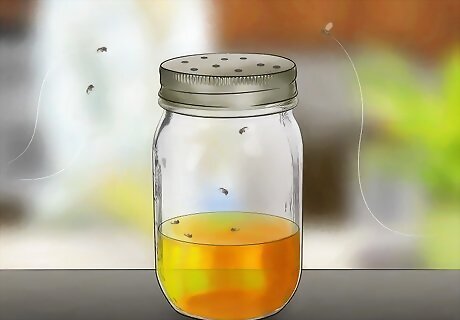
Make a natural gnat trap. Instead of using dangerous pesticides that can harm you or your pets, create a trap for gnats instead. Empty the traps regularly and refill the traps – this will help keep you and your family from getting gnat bites. Fill a mason jar (or any jar of similar size) with apple cider vinegar. The jar doesn't need to be completely full – half full works just as well. Close the lid and poke 5 or 6 holes in the lid. If you don't have the lid, cover the top of the jar with cling wrap and poke holes in that. The gnats will be attracted to the vinegar and will enter the jar, but won't be able to get out of the jar. If you don't have apple cider vinegar, use regular vinegar with a few squirts of dishwashing liquid. Gnats are especially drawn to lemon scents.
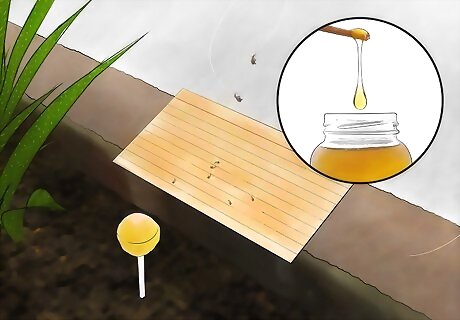
Make a sticky trap. The gnats will be drawn to the yellow color and will get stuck in the honey. This will help prevent a build-up of biting gnats. Attach a yellow index card to a popsicle stick, so it looks like a little sign. Gnats are attracted to the yellow color – plain index cards won't work as well. Coat the index card with honey, and stick the popsicle stick into the dirt near plants where gnats tend to collect. Replace the used cards with new ones when they fill with gnats.

















Comments
0 comment